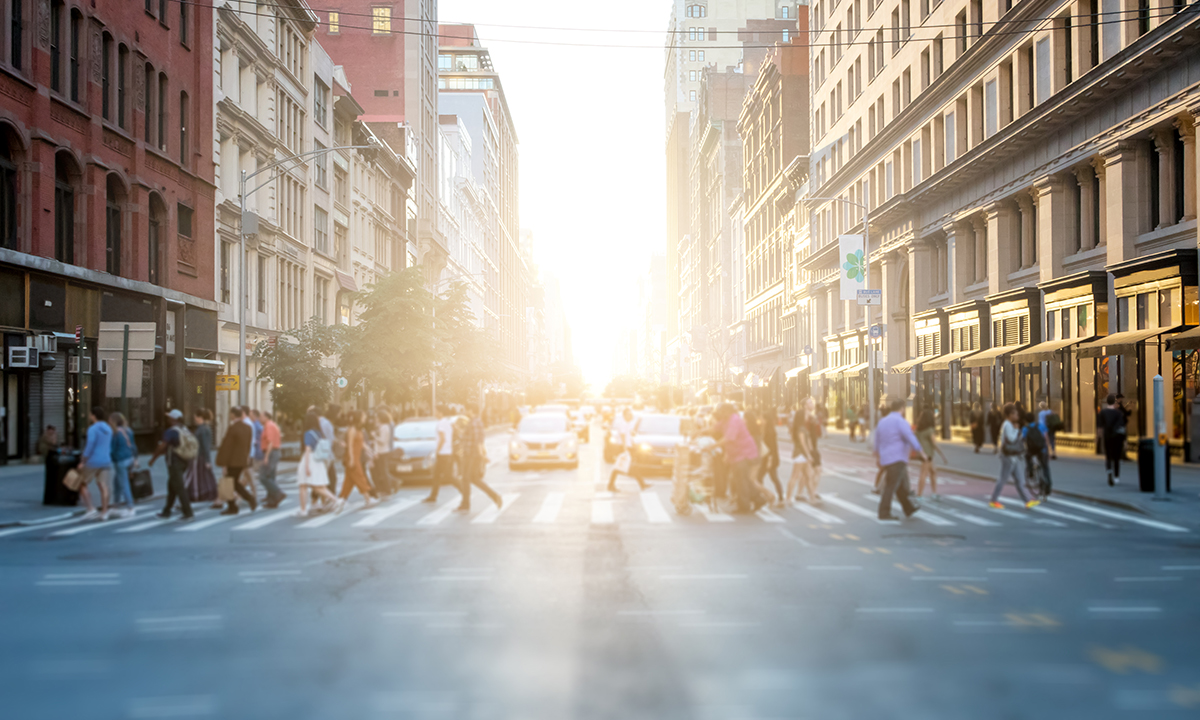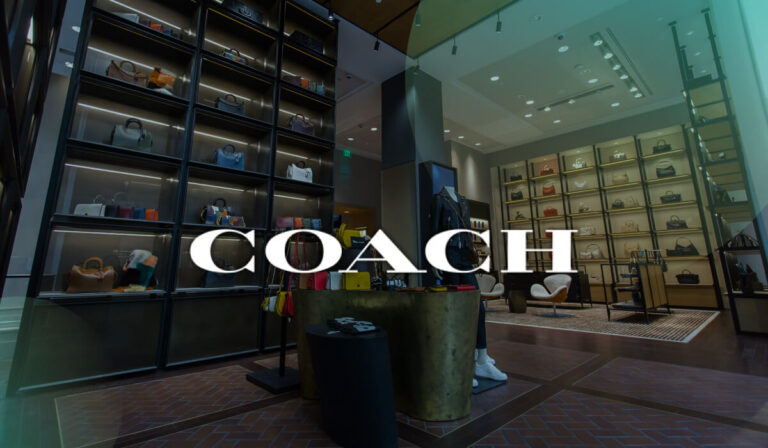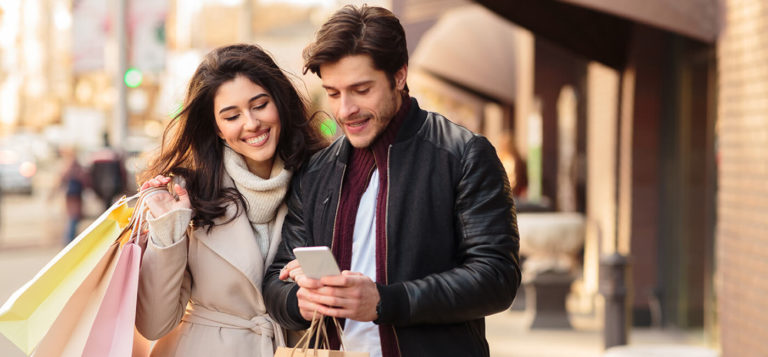It’s a digital age, but retail foot traffic isn’t going anywhere. Although e-commerce sales continue to increase, customers still love shopping in person.
Why is foot traffic important? Because shopping in person is actually a revenue booster for retailers. In-store shoppers spend more. A study showed that 71% of shoppers spent more than $50 when shopping in a store, while only 54% of shoppers did the same when shopping online.
It’s not hard to understand why. Shopping in person is a social experience, whether that means checking out the latest products with friends, or interacting with a sales assistant. Plus it lets people see and touch items.
Convenience and location are also major factors driving in-person shopping, according to GroundTruth’s retail foot traffic analysis. When customers want to buy, they’ll often stock up at the nearest place. But it’s also important to note that although 90% of US sales take place in stores, 53% of purchasing decisions are “digitally influenced“.
That means retailers also need to provide a seamless cross-channel experience and use mobile and digital technology to increase foot traffic to their stores. And they also need to understand retail foot traffic data to predict trends and be prepared for any growth or decline.
The Data – Retail Foot Traffic Statistics
GroundTruth regularly reviews foot traffic data for more than 250 major retail brands across a range of industries. This can help retailers looking for reliable retail foot traffic statistics.
Last year, GroundTruth looked at mall traffic statistics, and data for stores in the Gas/Convenience, Grocery, Drug, Home Improvement, Warehouse/Club, Value/Dollar, and Mass Merch niches. The findings included:
- Slight declines in foot traffic in the Value/Dollar (-0.1%) and Mass Merch (-1%) stores
- Flat foot traffic in Drug and Warehouse/Club stores
- Increased foot traffic in Grocery (+0.1%) and Gas/Convenience (+1.2%) stores
Shoppers made multiple trips based on convenience, rather than loyalty. Convenience is something retailers can emphasize in targeting promotions.
GroundTruth also examined foot traffic data for the Apparel, Department Store, Luxury, Beauty, Footwear, Kids, Big Box, Pharmacy, Convenience and Off Price sub-categories. Mall traffic statistics showed an increase in foot traffic, as did the data for home improvement and off-price apparel. Discount department stores are also seeing an increase in foot traffic.
If you want to find out what is considered high foot traffic in your retail niche, you can download the full reports and data analysis on CPG Foot Traffic and Retail Foot Traffic.
How To Increase Foot Traffic with Location-Based Data
As you’ve seen, foot traffic remains a key factor in boosting retail sales, so how can you increase foot traffic to your retail store? The answer is to use foot traffic analysis, and mobile location technologies like location targeting and weather targeting to better reach in-person shoppers.
Foot Traffic Analysis
Foot traffic analysis is essential to understanding shopping trends to your store. It also helps you to see competitor trends so you can improve your offering. Retail foot traffic analysis includes:
- Visitation data, so you can track changes in foot traffic trends over time. This gives you more insight into cross-channel shopping and even helps you understand consumer behavior.
- Audience data, so you know who’s visiting your store compared to your competitor’s store, and can target ads based on past visitation behavior.
- Trade area data, so you know which residential areas your customers come from and understand how it impacts their shopping behavior.
Location Targeting
Location targeting helps you use insights to target ads to shoppers ready to purchase when they are in or near your store. You can also increase foot traffic by diverting them from a competitor’s store with a targeted promotion. This includes:
- On-Premise targeting, so you can attract shoppers’ attention whether they’re on the retail block, parking lot or in-store.
- Proximity targeting, which lets you define an area via geofencing so you can influence shoppers within a specific range.
- Neighborhood targeting, which can help you increase foot traffic within a custom pre-defined area, drawing on past visitation behavior.
Weather Targeting
You can also increase foot traffic by targeting ads based on the weather in real time to encourage people to shop at your store for weather-related purchases. When it’s hot, show ads for iced drinks, sunhats, and barbecues; when it’s cold, sell more coats and hot drinks. This kind of relevant targeting is proven to increase sales.
As you’ve seen, when you understand retail foot traffic data and use location technology to attract more people to your store, you have a better chance of attracting higher-spending in-person shoppers. Get started by downloading GroundTruth’s reports and data analysis on CPG Foot Traffic and Retail Foot Traffic.





